Fall is a great time to learn about invasive plants and do some initial surveying of your backyard. In this video, CELT Stewardship Committee Member Mike Hankes talks about three of the most common invasive plants in Cape Elizabeth, and how you can identify them this time of year. Read below for more on what to do if you do find them in your yard!
All photos used below credit Maine Natural Areas Program (MNAP).
Asiatic Bittersweet
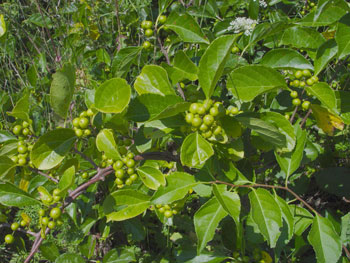
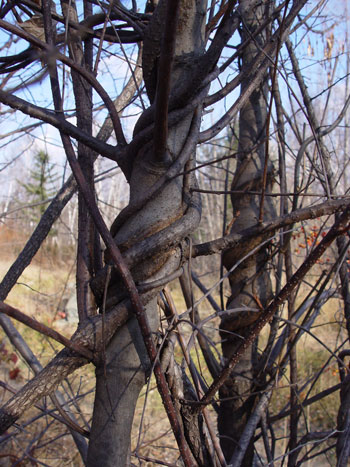
This climbing vine can cause significant damage to trees and other native vegetation. If caught early, seedlings may be pulled by hand, but larger vines will require cutting and (usually) herbicide applications. Red berries golden arils are easy to identify in fall; make a note of locations to come back and begin treating next spring.
Black Swallowwort
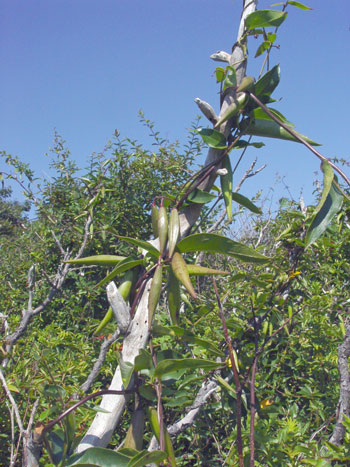
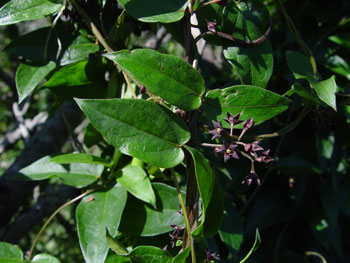
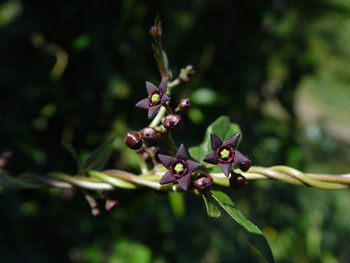
This twining vine spreads over the ground and can establish dense infestations that suffocate most other plants. This time of year, look for slender green pods. Remove by digging up roots and plants and discarding all material in the garbage. In smaller areas, repeated mowings throughout the year can prevent pod production, but manual removal or herbicide application will be necessary for eradication.
Japanese Knotweed
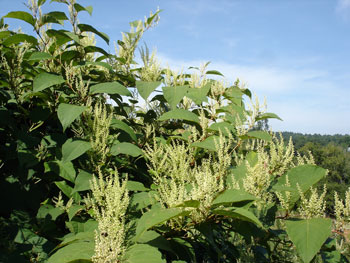
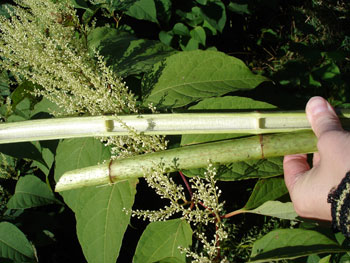
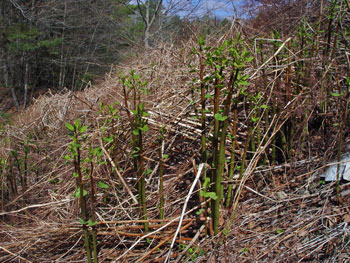
This tall plant is unmistakable this time of year as dense canopies of heart-shaped leaves turn from green to yellow-brown interspersed with white flower spikes. Effective removal most often requires multiple years of smothering with landscaping cloth or carpet. This process is best started in first thing in the spring, while brittle stems can be easily taken down by hand and before new shoots have a chance to come up. Plan now – knotweed patches left unchecked can disrupt pavement, sidewalks, and even foundations!
